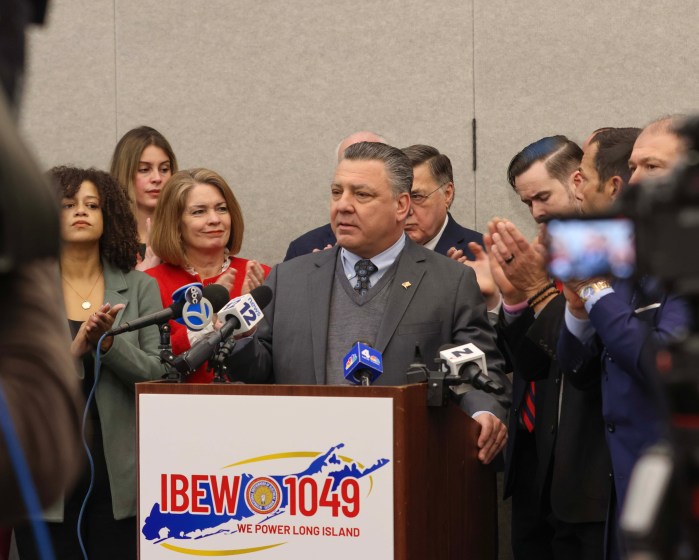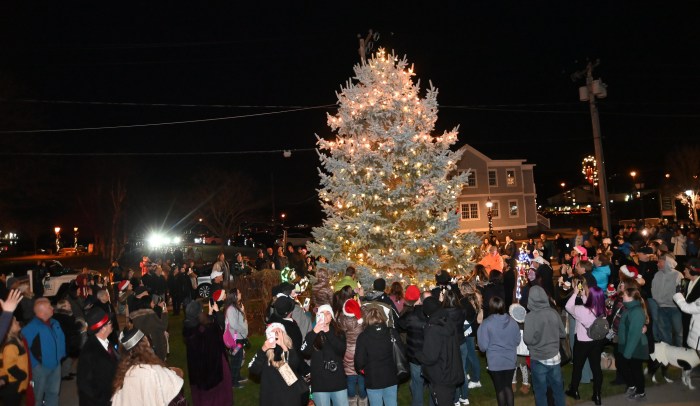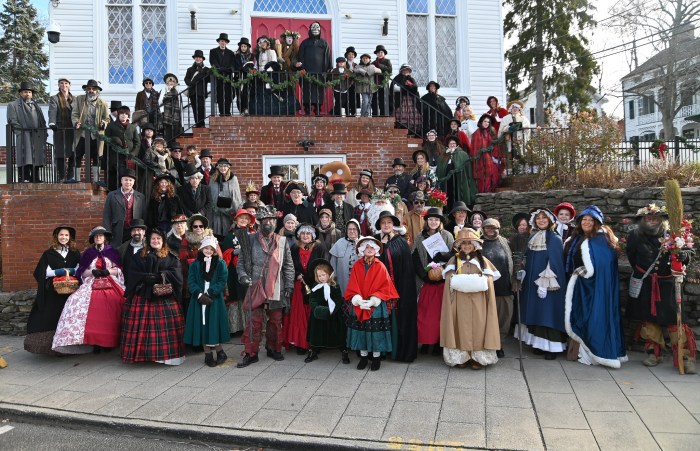The MTA announced that the next 20-Year Capital Needs Plan Assessment (2025-44) will be completed by October 1, 2023. They said “Engaging with the public and understanding the needs of our riders is critical to plan for the future of the transit system.” What ever happened to the MTA 2020-40 20-Year Capital Needs Plan? The New York State Legislature in 2019 directed the MTA to release this document prior to adoption of the $51 billion 2020-24 Five-Year Capital Plan.
They are reviewing more than 20 system expansion and enhancement projects including the $3.8 billion LIRR Port Jefferson branch that the MTA is considering to include in the next 20-Year Plan. They have not been selected or funded but will be comparatively evaluated for consideration on a level-playing field for future Five-Year Capital Programs.
Too many of the competing projects also cost billions. They include (1) New York City Transit Manhattan Hells Kitchen 10th Avenue station on the #7 Flushing Line—$1 billion; (2) Extension of the Brooklyn New Lots Ave #3 line—billions; (3) Brooklyn/Queens Interborough Express—MTA Chairman Janno Lieber promised it would come in under $10 billion; (4) Reactivation of the LIRR Queens Lower Montauk Branch—$2.1 billion; (5) Reactivation of the LIRR Queens Rockaway Beach Branch —$8 billion; (6) Second Avenue Subway Phase 2 to 125th Street—$6.9 billion; (7) Staten Island West Shore BRT—$1.5 billion; (8) Brooklyn Utica Avenue transit improvements—$5 to $10 billion depending upon length of the subway extension and number of stations and (9) Brooklyn W subway line Red Hook extension—$2.9 billion; and (10) Metro North Stewart Airport Access—billions.
The current growing inflation, potential recession, ongoing supply chain issues, increasing fuel prices, rising material costs and labor shortages will only result in cost estimates going up over coming years, prior to award of any construction contracts for these potential projects
Electrification of the Port Jefferson branch has been advocated since the 1960’s by generations of elected officials with no success. In 1970, electrification was extended from Mineola to Huntington. In the 1980’s, discussions took place between the MTA, LIRR, Suffolk County and many elected officials over which branch should be electrified first. The Ronkonkoma branch was selected over the Port Jefferson branch.
Without electrification east of Huntington, Port Jefferson branch riders will not have a one-seat ride to Grand Central Madison via the $11.2 billion East Side Access project. There is insufficient height clearance to accommodate duel mode locomotives in the 63rd Street tunnel needed for access to Grand Central Madison. Thousands of daily LIRR riders from diesel territory will still have to change at Jamaica for travel to Grand Central Madison or Atlantic Avenue Brooklyn.
Future opportunity for funding to progress this project beyond a planning study could come under upcoming MTA Five Year Capital Programs. Governor Kathy Hochul did not include this project in her January State of the State Speech or April $220 billion budget. One source of funding could be the Federal Transit Administration under the national competitive discretionary Capital Investments Grant program. A Full Funding Grant Agreement from FTA would have to be matched by a similar amount of local sources. This program funded MTA’s $11.2 billion LIRR East Side Access and New York City Transit $4.5 billion Second Avenue Subway Phase 2. Port Jefferson electrification was not included within President Biden’s FY23 budget requests $21.1 billion for transit and $17.9 billion for rail. It is not included in the FTA FY 2023 Capital Investment Grants New Starts or Core Capacity Program Funding Recommendations.
The estimated cost today is $3.6 billion and will increase over time. This is necessary to pay for planning, design and engineering, environmental review, land acquisition for construction of power sub stations, expansion of commuter parking, potential relocation and/or consolidation of existing stations, new stations and platforms, new electric Multiple Unit car storage yard, new track, third rail and signals. From start to finish could require a decade or more. Based upon my past experiences on other FTA MTA LIRR projects, electrification of the Port Jefferson branch may not happen until 2040.
Failure to include Port Jefferson branch electrification in the upcoming MTA 20-Year Capital Needs Plan means end of the line for this project for decades more to come.
Larry Penner is a transportation advocate, historian and writer, who previously worked for the Federal Transit Administration Region 2 New York Office. This included the development, review, approval and oversight for billions in capital projects and programs for the MTA, NYC Transit, Long Island Rail Road, Metro North Rail Road, MTA Bus along with 30 other transit agencies in NY & NJ.





























